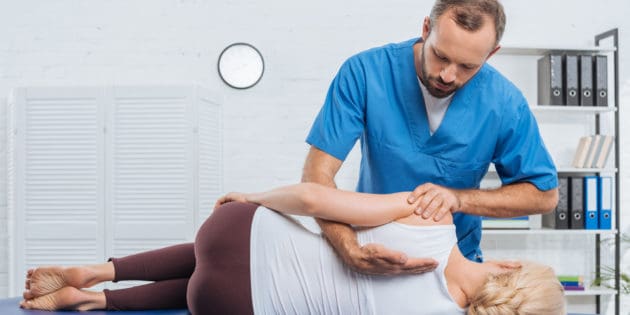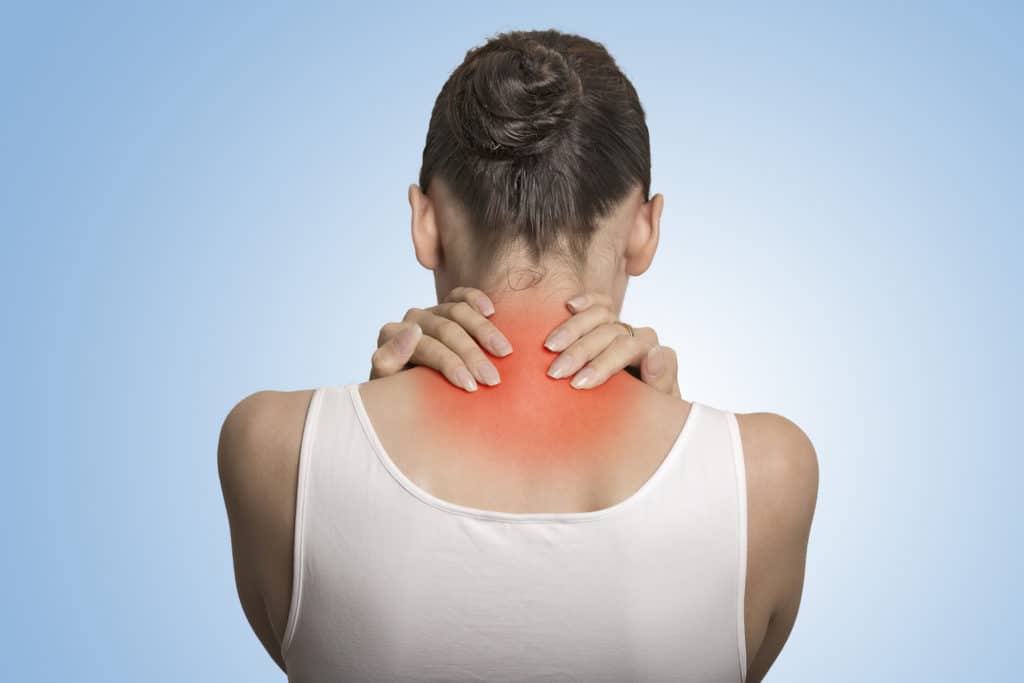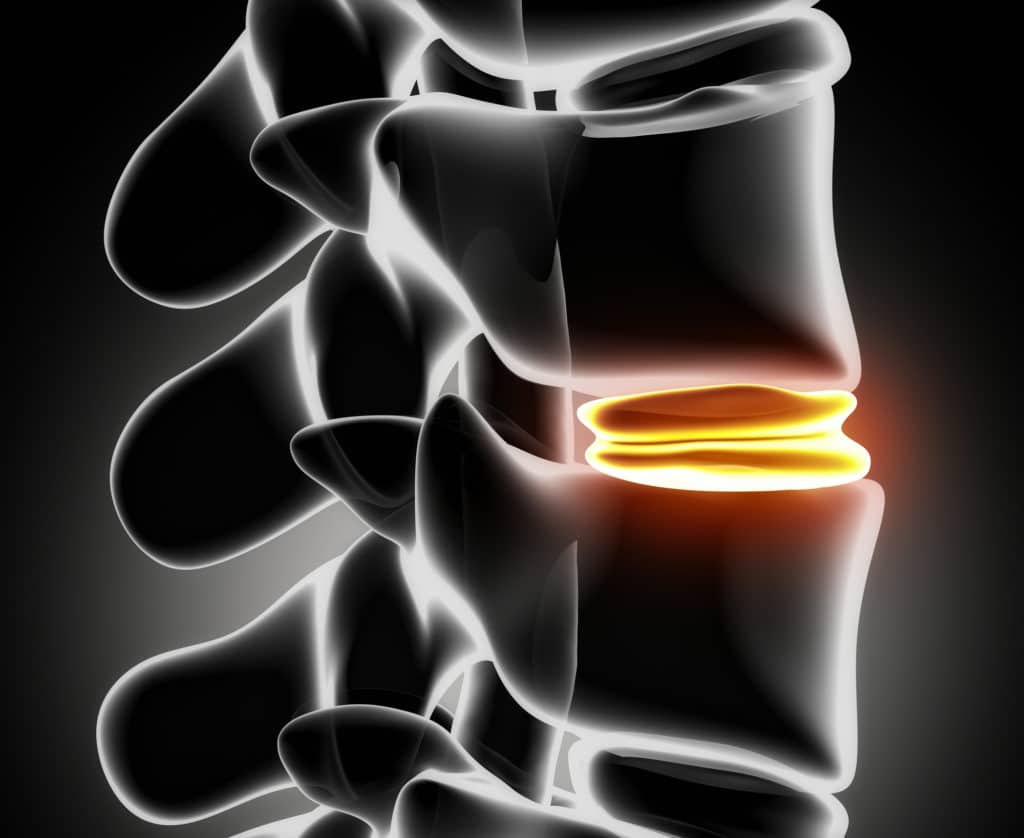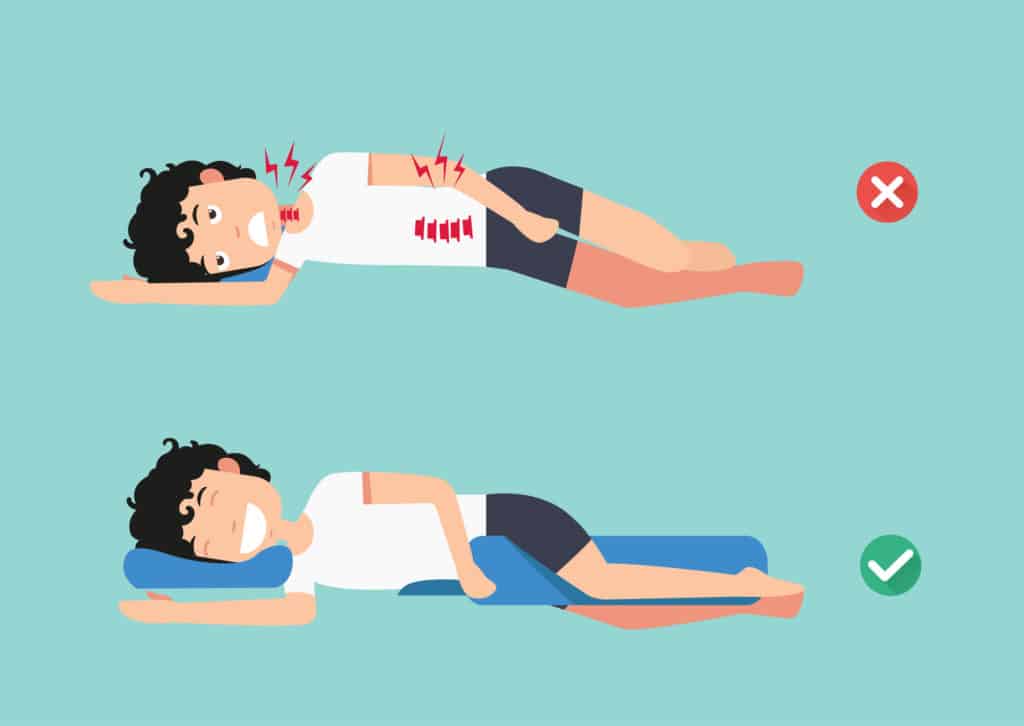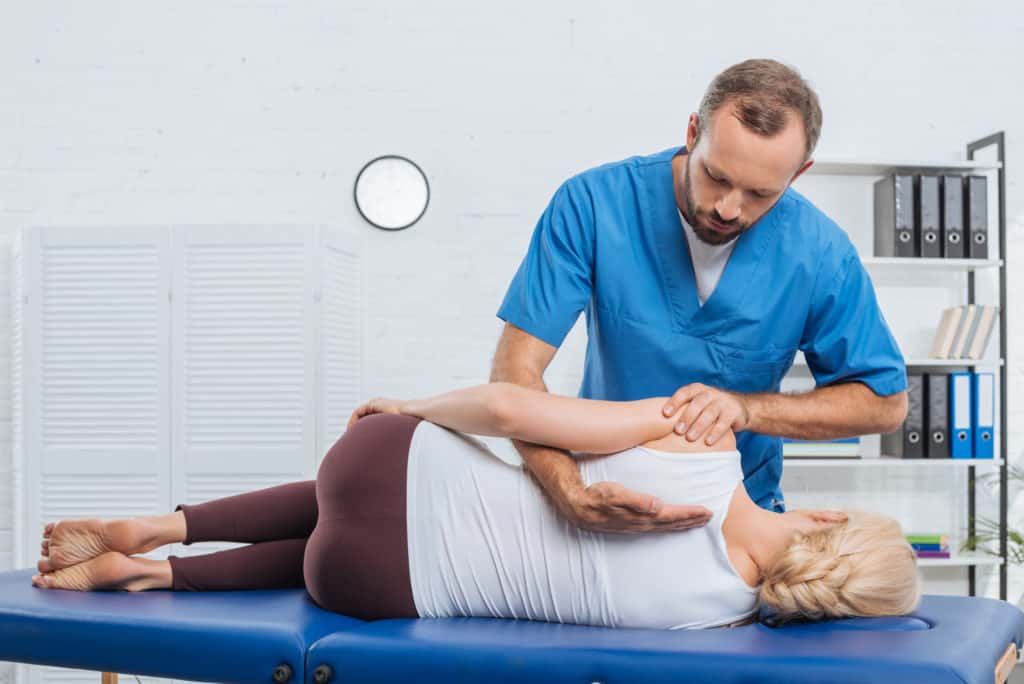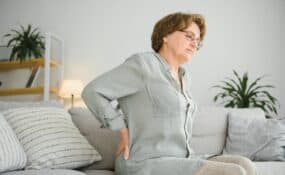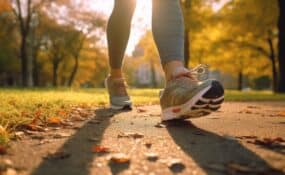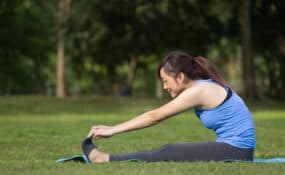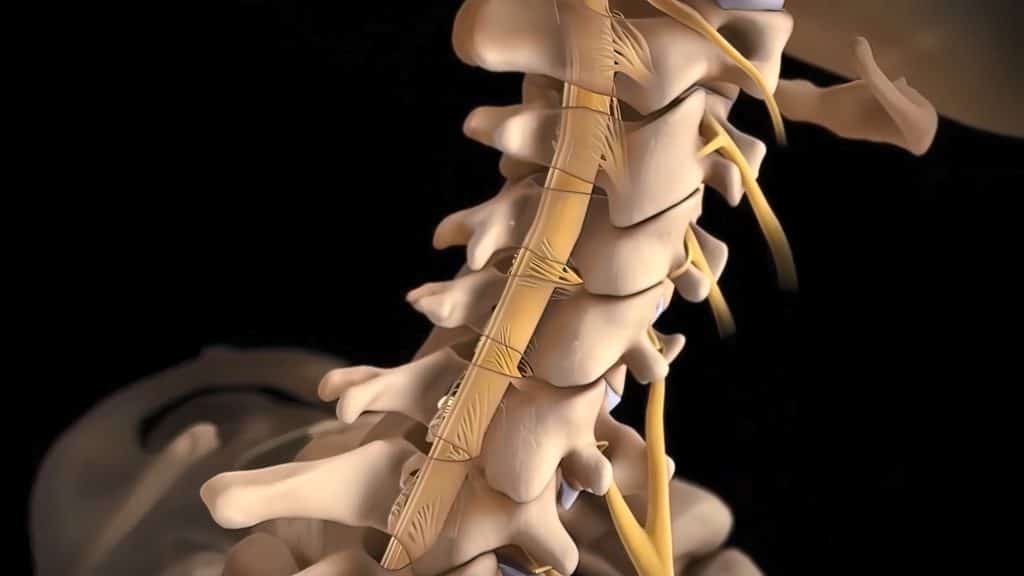
Have you or someone you love been told that you have cervical stenosis?
Are you looking for tips on how to manage the condition?
We can help. But let’s start with what it is.
Underneath the hood – your spine is made up of interconnected vertebrae and soft disks forming a canal that the spinal cord travels through, connecting the body to the brain and vice versa. In healthy spines (that have regular physical therapy), everything works well.
But due to a combination of aging, excessive wear and tear, and lack of strengthening exercises, along with associated medical issues like osteoarthritis, the spinal canal can start to constrict. This narrowing leads to the condition we call “cervical spinal stenosis.”
More Blogs From Intecore
I Think I’ve Pulled A Muscle In My Chest. What Should I Do?
Do The Shoes You Wear For Running Actually Matter?
Posterior Cruciate Ligament (PCL) Reconstruction: How To Recover
What Exactly Is Cervical Spinal Stenosis?
Cervical Spinal Stenosis can happen in all three of the spine sections – the lower (or lumbar spine), upper (cervical), or middle of the back (the thoracic). We call it cervical spinal stenosis when it occurs in the upper section of the spine from vertebras C1 – C7.
In certain patients, this condition can be so severe that it damages the spinal nerve cord or cause nerve compression, which can become a significant medical issue and require invasive (usually surgical) treatment. But in most mild/moderate cases, cervical spinal stenosis is highly treatable, and we can manage it effectively with non-surgical modes of treatment.
What Are The Symptoms Of Cervical Spinal Stenosis?
The symptoms can vary depending on the cause and the affected area of the spine. Still, the main ones we see in patients with cervical spinal stenosis include the following:
- Pain in the neck and/or upper back
- Pins and needles or “tingling” in the hands, feet, legs, or arms
- Muscle weakness in the same areas
- Loss of function, such as the ability to hold a pen and grip
- Loss of balance
- In severe cases, loss of bowel and/or bladder control
The Main Causes Of Cervical Spinal Stenosis
As already mentioned, the most common reason for developing cervical spinal stenosis is the spine’s wear and tear over many years. However, some people are also born with this condition because their spinal canal doesn’t develop properly in utero. Some of the other causes of spinal stenosis include:
- Trauma: In the case of any severe trauma that leads to a spine injury, the bones within the spine can move out of alignment. This movement then leads to tissue swelling that increases the pressure on the spinal column nerves, which can result in spinal stenosis.
- Herniated disk: Sipped or herniated disks can reduce the space inside the spinal canal, resulting in spinal stenosis.
- Tumors: Although rare, the growth of tumors in or around the spine can lead to inflammation that results in spinal stenosis due to compression in the spinal column.
- Osteophytes: When there are extra bony growths along the vertebrae in the spine, we call them bone spurs or osteophytes. They can restrict the space in the spinal column if they grow large enough, which can eventually cause cervical spinal stenosis.
Cervical Spinal Stenosis: Things To Avoid
If you suffer from cervical spinal stenosis, you need to take extra care with some things and try to avoid activities that may aggravate your condition further. While there is no definitive “cure” for cervical spinal stenosis, you can manage it with physical therapy and lifestyle changes. In addition, you can adopt several measures to enjoy a better quality of life despite the condition.
In general, we advise you to self-monitor your health and abstain from specific activities and habits that trigger a flare-up of your symptoms. Your main goal – outside of regular physical therapy sessions – should be to refrain from the following actions to prevent exacerbating your symptoms:
- Poor posture while sleeping:
Choosing a good sleeping posture is critical for you if you suffer from cervical spinal stenosis. Why? Because sleeping in an awkward posture can worsen the condition. To guarantee that you’re not worsening the condition, you could consider a neck brace to make sure that your cervical spine remains in the proper position while you’re asleep. - Awkward neck posture:
Sitting or lying down with your neck in an awkward position is also one of the leading causes of cervical spinal stenosis. This issue also extends to carrying heavy bags with straps on your shoulders, lifting heavy weights, or cradling your phone next to your ear for a long time.
All these activities force your neck to remain in an unnatural position – leading to overextension of the muscles and ligaments, which causes the nerve in the spinal column to constrict. This constriction then leads to stiffness in the neck joints and, eventually, cervical spinal stenosis.
Try using a hands-free headset instead when talking on the phone for long periods. That way, you can balance your weight equally between both shoulders and keep the neck in a neutral position to prevent damage from overstrain. - Smoking and Alcohol:
We know that drinking alcohol excessively and smoking leads to weakness and numbness in the arms and legs. But it can also impair the healing process. If you suffer from cervical spinal stenosis, you should try to avoid excess consumption of alcohol.
Likewise, smoking damages the nerves by interrupting the blood supply to the nervous system due to atherosclerosis (blocked arteries). Abstaining from smoking reduces the risk of damage to the nerves and hypoxia (low tissue-level oxygen state), all contributing to the development of cervical spinal stenosis. - Neck rotation exercises:
We recommend that all patients with cervical spinal stenosis try to avoid neck rotation because it will likely increase your discomfort and pain. You can slightly bend, extend and flex your neck to a limited degree.
However, you must avoid rotational (circular) movements. Other movements like shoulder circles, chin tucks, and side tilts may also be ok if you have a normal range of motion in your neck. They can also help to strengthen your neck muscles and reduce pain and inflammation. - Unhealthy diet:
When you eat a healthy diet with lots of plant foods, it’s easier to keep your weight stable and make sure your spinal disks are well hydrated. Eating an unhealthy diet with too much highly processed junk food can lead to increased inflammation and excess weight gain.
This excess weight and inflammation can cause additional pressure on the cervical spine. Therefore, avoiding eating an unhealthy diet is vital if you have (or want to prevent) cervical spinal stenosis. - No contact sports:
To help manage cervical spinal stenosis and prevent further damage, you must avoid any kind of contact sports like basketball, football, boxing, etc., as there is a risk of trauma, which can damage your cervical spine.
There is also a serious risk of suffering nerve damage or developing a herniated disk. In addition, any sudden movement with jerks or whiplash can seriously aggravate cervical stenosis. - Prevent neck strain:
Another thing to be careful of when suffering from cervical spinal stenosis is putting any excess strain on the neck. Placing strain on your neck increases the likelihood of developing swelling, constricting a nerve, or muscular spasms, all of which can cause cervical spinal stenosis.
Believe it or not, you can strain the neck muscles considerably just by sitting at a computer or using a mobile phone for long periods. So take extra care. - Ignoring symptoms:
Many patients who experience the onset of cervical spinal stenosis are unaware of the symptoms. However, if there is constant pain in your neck while you perform routine activities, it is essential not to ignore the signs and seek advice from a physical therapist at the earliest.
Diagnosing the condition in the early stages can help to prevent the symptoms from worsening.
Treating Cervical Spinal Stenosis
The intensity of your symptoms forms the basis for cervical spinal stenosis treatment. While the treatment method may vary, depending on your root cause, it will likely include stretching and strengthening exercises, lifestyle modifications, and hands-on physical therapy.
Surgery for cervical spinal stenosis is rarely an essential consideration. Still, some patients may opt for it if their symptoms are severe. However, it is only advice in chronic cases where all other forms of treatment have been tried first, and your symptoms cannot be relieved.
Some doctors might recommend temporary epidurals (via injections) if your pain is severe. But our best advice is to seek treatment from a physical therapist at the first sign of symptoms to prevent surgery from ever being necessary. Physical therapy helps by improving the range of motion in your spine. It also helps to manage pain and inflammation.
We recommend avoiding medication unless necessary because they all come with side effects, especially if you use them long-term. Instead, physical therapy is much more effective – with zero side effects.
Check out our free 20 minute discovery session now and see how we can help you.
- 5 Ways to Treat Chronic Back Pain Without Surgery - July 21, 2024
- 10 Back-Saving Tips for Gardening This Summer - July 14, 2024
- 5 Sciatica-Friendly Travel Tips for Your Summer Vacation - July 7, 2024

